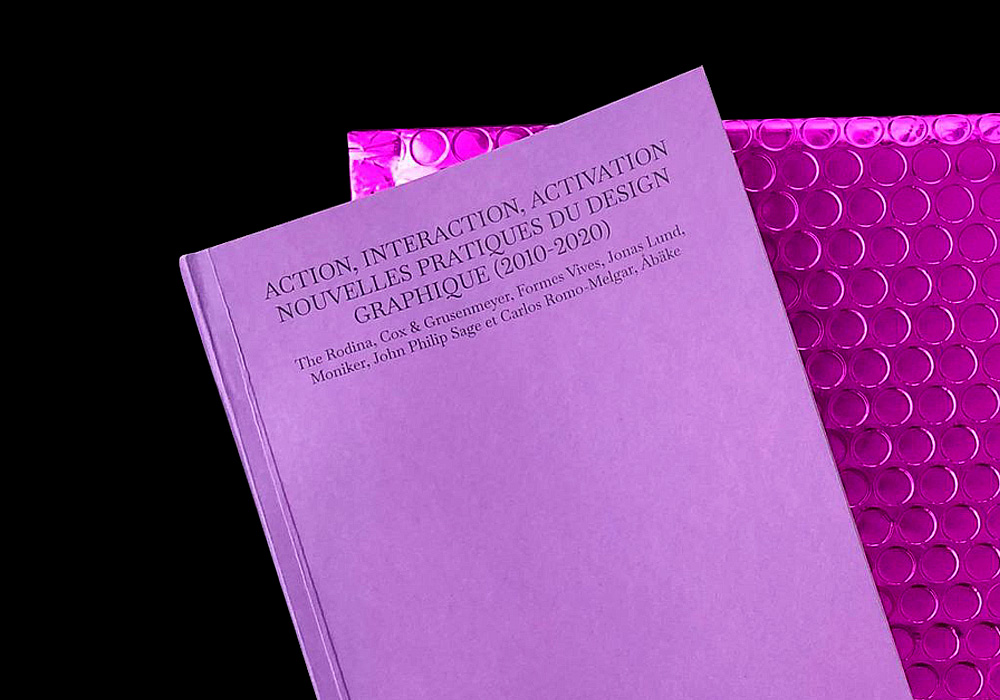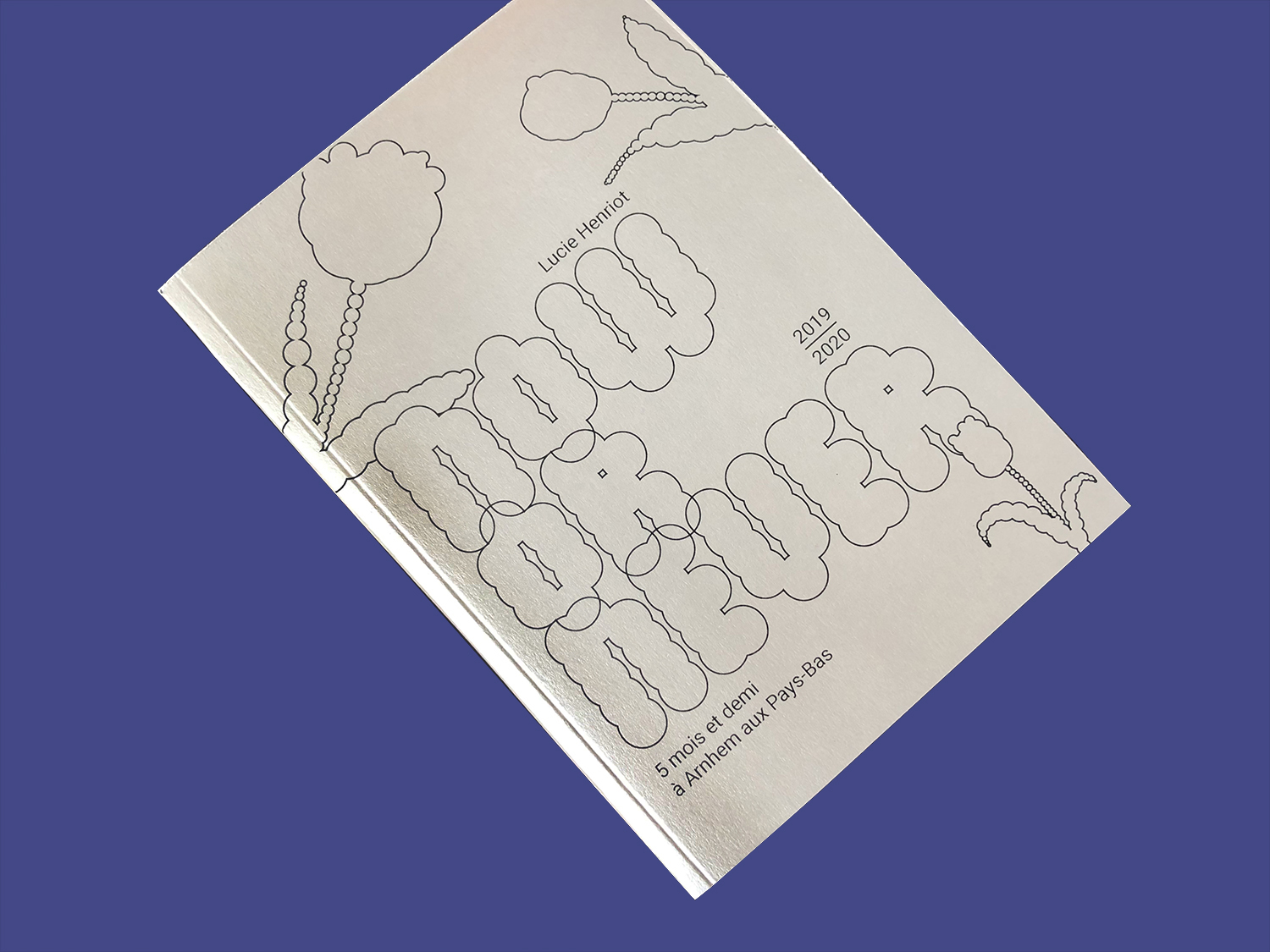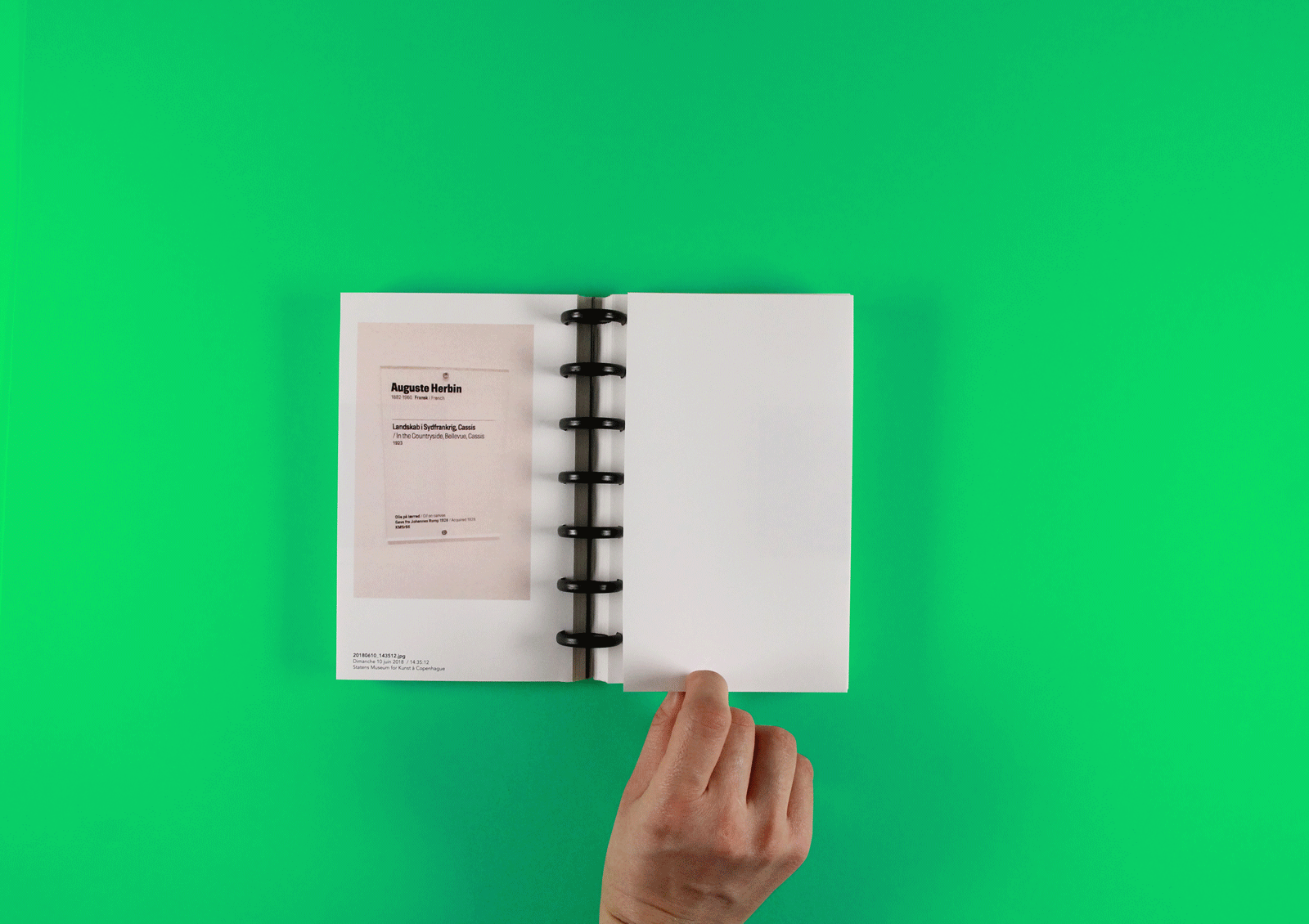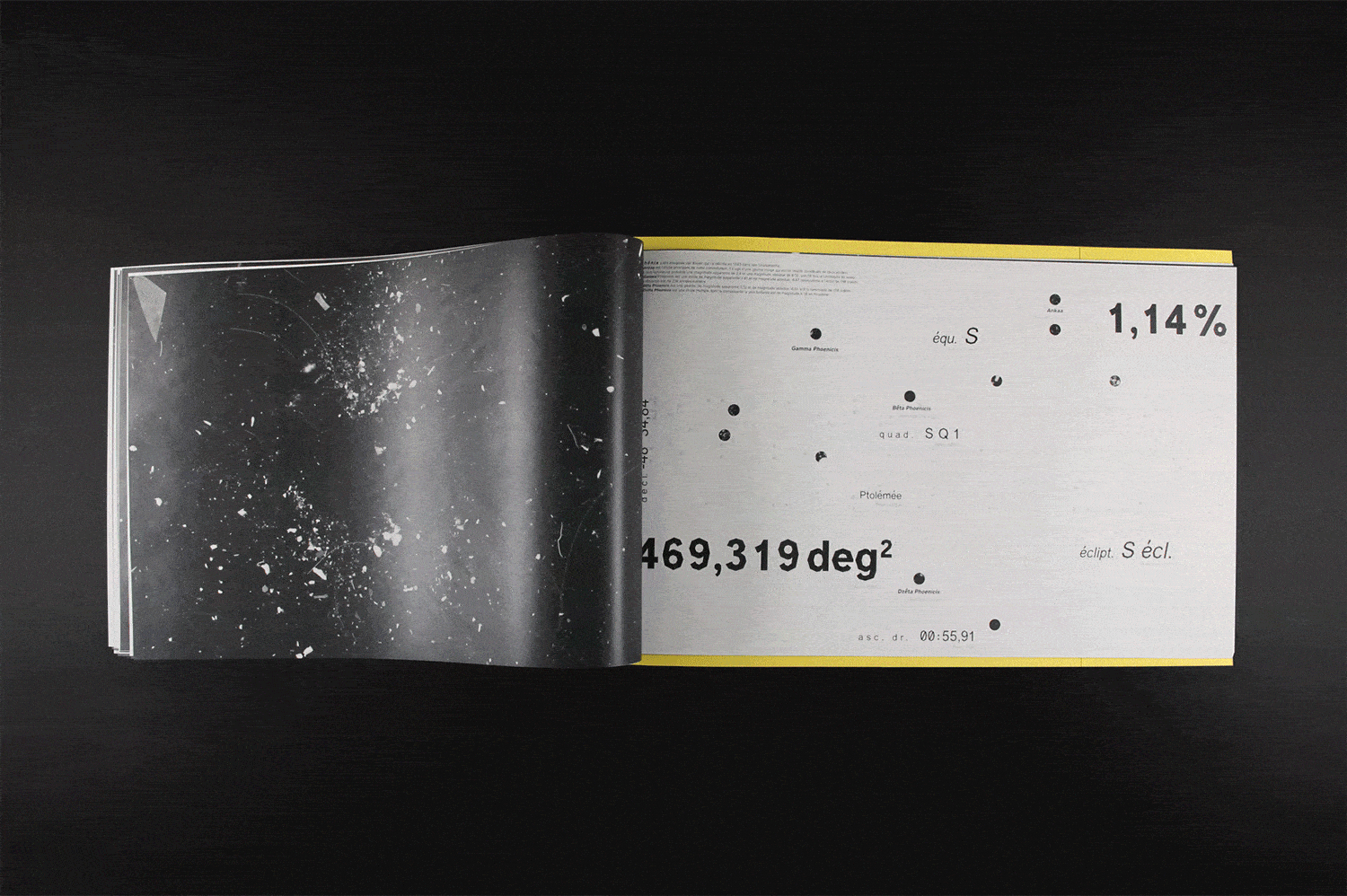. master thesis 2021
. 13 x 19.5 cm
. 236 pages
. 7 copies
Between 2010 and 2020, performance entered the graphic designers’ toolbox. This thesis explores the forms and challenges of performance in graphic design through cases, all European, of different studios and relatively recent collectives, without forbidding the observation of artists from the field of contemporary art who are also practicing graphic design. This survey, whose territory will certainly expand in the coming years, offers a broad historical definition of graphic design. This thesis produces a typology intended to map the functions of performance in these practices as well as the different modes of relation to the spectator with which these studios and artists work. This study covers works dedicated to questioning the socio-economic conditions of existence of contemporary graphic designers, going through productions turned on one side towards a graphic design intended for citizens and on the other towards digital interfaces questioning then the place of the latter in our spectator practices, and by projects setting up protocols with instructions in order to reveal emerging behaviors. My thesis therefore aims to explore how performance seems, today, to constitute a new reflective tool for certain practitioners of contemporary graphic design.
Action, interaction, activation — Nouvelles pratiques du Design graphique (2010-2020) (Action, Interaction, Activation — New Graphic Design Practices (2010-2020)) is a Master thesis produced as part of my DNSEP 2021, at the Graphic Communication Department of HEAR Strasbourg. He was followed by Nicolas Fourgeaud. It is available in print at the HEAR Strasbourg Media Library and in PDF version on request.







